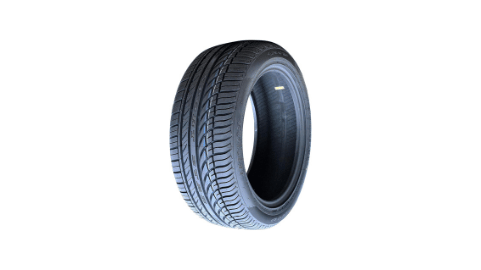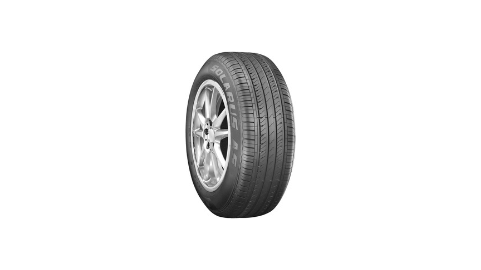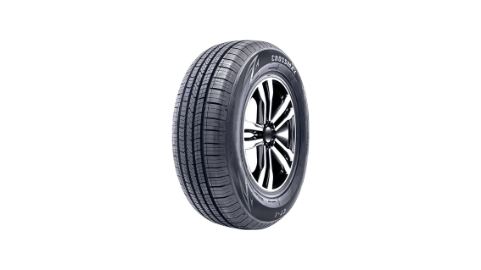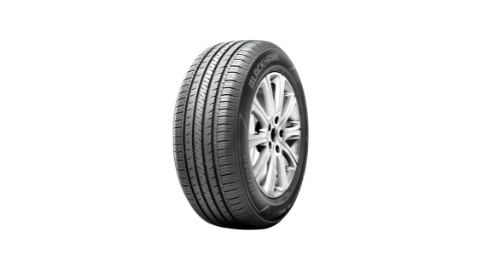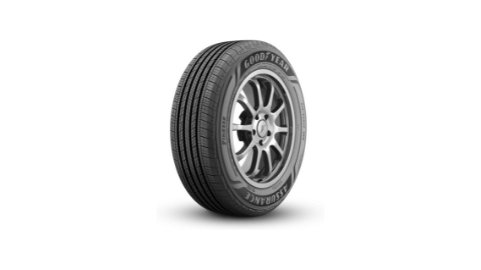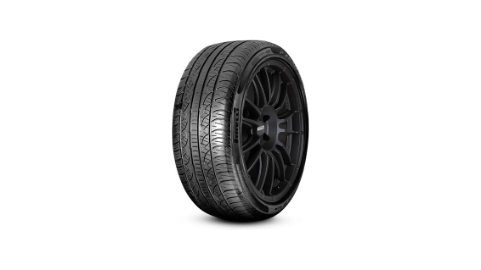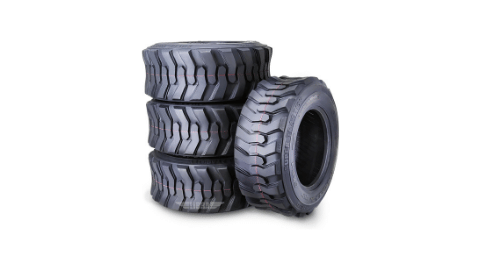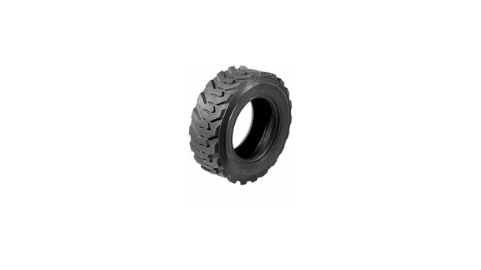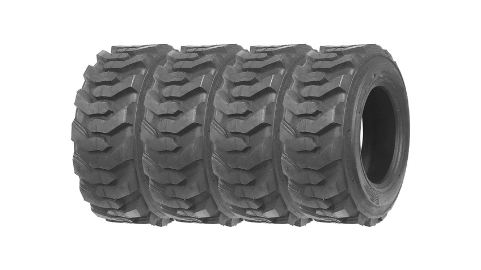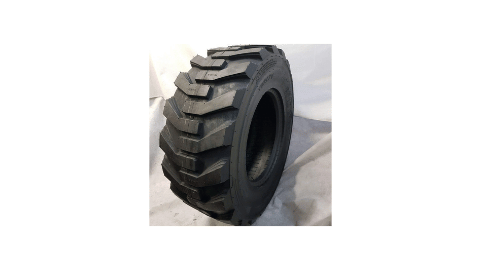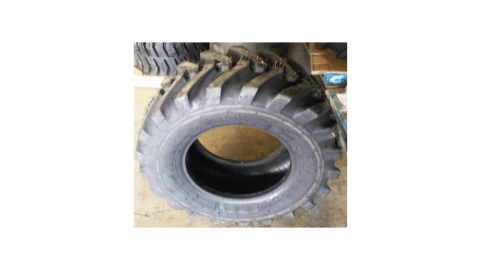Selecting the right tires is one of the most crucial decisions you’ll make for your vehicle. Tires significantly impact your car’s safety, performance, fuel efficiency, and comfort. Whether you’re commuting daily, embarking on road trips, or taking on off-road adventures, having the right set of tires enhances your vehicle’s capability in various weather conditions and terrains.
Tires aren’t a one-size-fits-all purchase; they must match your vehicle, driving habits, and the climate you’re in. This guide is here to help you navigate through the different types, features, and considerations when buying tires, ensuring that you choose the best tires suited to your needs.
Best Tires Buying Guide
Types of Tires
All-Season Tires
All-season tires are designed to perform in a variety of conditions, making them an excellent option for drivers who experience moderate climates. These tires are engineered to provide a balanced performance in both wet and dry conditions, and even in light snow. The tread pattern is optimized for a longer tread life while still maintaining reliable traction on different surfaces.
All-season tires offer versatility and convenience, as they don’t need to be swapped out seasonally, making them a practical option for most drivers. However, while they handle most conditions reasonably well, they won’t perform as well as specialized tires in extreme weather conditions like heavy snow or high heat.
Summer Tires
For drivers living in warmer climates or those seeking enhanced performance during the summer months, summer tires are the way to go. These tires are designed with a focus on traction and handling on dry and wet roads, thanks to a specialized rubber compound that remains flexible in higher temperatures.
Summer tires provide excellent grip and responsiveness, making them ideal for sporty driving. The tread patterns are typically shallower and smoother, which enhances cornering ability and reduces rolling resistance for better fuel efficiency. However, these tires are not suitable for cold or snowy conditions, as they become brittle and lose traction at low temperatures.
Winter Tires
Winter tires are specifically designed to handle cold weather, snow, and ice. Their tread patterns are more aggressive, with deeper grooves and sipes that allow them to bite into snow and provide better traction. The rubber compounds used in winter tires remain pliable even in freezing conditions, ensuring optimal grip on icy roads.
In snowy or icy regions, winter tires can be a lifesaver, offering significantly better control and stopping power than all-season or summer tires. However, winter tires are less efficient in warm weather, where their soft compounds can wear out faster. Switching back to all-season or summer tires once winter is over is recommended to maintain their durability.
Performance Tires
Designed for high-performance vehicles and driving enthusiasts, performance tires are all about maximizing handling, speed, and control. These tires are typically found on sports cars, providing superior grip and traction, especially during aggressive driving. The tread patterns and compounds used are optimized for responsiveness, which enhances cornering and braking performance at high speeds.
However, performance tires generally wear out faster than standard tires and may not offer the same longevity, making them a less cost-effective option for daily drivers who are less focused on extreme performance.
Key Features to Consider When Buying Tires
Tread Pattern
Tread pattern plays a critical role in how a tire handles different driving conditions. The three main types of tread patterns are symmetric, asymmetric, and directional. Symmetric tread patterns feature continuous ribs or independent lugs across the tire, which are ideal for general-purpose driving. Asymmetric patterns combine different designs on the inside and outside of the tire, providing enhanced grip in wet conditions without sacrificing dry performance.
Directional tread patterns are designed for optimal water displacement, making them excellent in rainy or wet conditions. These tires must be mounted in a specific direction, but their ability to prevent hydroplaning and improve stability on wet roads makes them a top choice for drivers in rainy climates.
Tread Life and Durability
Tires are a significant investment, so tread life and durability are essential factors to consider. Tires come with a treadwear rating, usually indicated by a number on the tire’s sidewall. The higher the number, the longer the tire is expected to last. Many high-performance tires may offer superior traction, but their tread life can be shorter due to softer rubber compounds.
Durability also depends on the materials and construction of the tire. For example, tires made with harder rubber compounds may last longer but might not offer the same level of grip as those with softer compounds. It’s important to strike a balance between performance and longevity, especially if you want tires that can go the distance.
Tire Size and Fit
Choosing the right tire size is crucial for ensuring your vehicle’s optimal performance and safety. The size is usually indicated on the tire’s sidewall, written as a series of numbers and letters. The first number represents the width of the tire in millimeters, the second is the aspect ratio (the height of the sidewall as a percentage of the width), and the final number refers to the diameter of the wheel in inches.
It’s essential to choose a tire size that matches your vehicle’s specifications, as using an incorrect size can lead to problems such as inaccurate speedometer readings, increased wear, and compromised handling.
Load Capacity and Speed Rating
Load capacity indicates how much weight a tire can safely carry, while the speed rating specifies the maximum speed at which the tire can operate efficiently. Both are crucial to ensure the tire matches your vehicle’s performance needs. The load rating is usually indicated by a number on the tire’s sidewall, while the speed rating is represented by a letter. For example, a speed rating of “H” means the tire can safely sustain speeds of up to 130 mph.
If you drive a heavy vehicle or regularly carry large loads, you’ll need a tire with a higher load capacity. Similarly, if you drive at high speeds or on performance vehicles, opting for a higher speed rating is essential for safety and longevity.
Fuel Efficiency
Tires can affect fuel efficiency due to their rolling resistance, which is the amount of energy required to keep the tire moving at a consistent speed. Tires with lower rolling resistance reduce fuel consumption, as less effort is needed to keep the vehicle moving.
Low rolling resistance tires are typically made with special compounds and tread patterns that minimize energy loss. While these tires may cost more upfront, they can save you money on fuel in the long run, making them an excellent investment for drivers seeking to improve fuel efficiency.
Tire Materials and Construction
Radial vs. Bias-Ply Tires
The two main types of tire construction are radial and bias-ply. Radial tires have cords arranged perpendicular to the direction of travel, providing a flexible sidewall and stiff tread. This construction offers better fuel efficiency, a smoother ride, and longer tread life. Radial tires are the standard for most modern vehicles.
Bias-ply tires, on the other hand, have cords arranged at a diagonal angle, which creates a more rigid tire. While these tires can handle heavier loads, they tend to wear out faster and don’t offer the same level of comfort or fuel efficiency as radial tires. Bias-ply tires are typically used for specialty applications, such as trailers or off-road vehicles.
Rubber Compounds
The rubber compound used in a tire directly affects its performance, durability, and grip. Tires designed for high-performance or winter conditions often use softer rubber compounds that provide better traction. However, softer compounds wear out more quickly, especially in warm weather. On the other hand, tires with harder rubber compounds offer better durability and longer tread life but may sacrifice some traction, particularly in wet or icy conditions.
Manufacturers often balance different rubber compounds to create tires that offer both durability and performance. Understanding the trade-offs between grip and longevity is key when selecting the best tire for your needs.
Sidewall Strength
The strength of a tire’s sidewall is crucial for maintaining durability, especially if you drive on rough terrain or carry heavy loads. Tires with reinforced sidewalls offer better resistance to punctures, cuts, and abrasions, making them ideal for off-road vehicles or trucks.
Thicker sidewalls also provide extra protection when driving in extreme conditions, such as on rocky surfaces. However, they can make the ride stiffer, so choosing the right sidewall strength depends on your driving environment and comfort preferences.
Seasonal Considerations for Tire Selection
Summer Driving Needs
If you live in a region with consistently warm weather, summer tires are ideal for providing excellent traction, cornering, and braking performance. Summer tires use a special rubber compound that remains flexible in higher temperatures, offering superior grip on dry and wet surfaces. Their shallow tread patterns also help reduce rolling resistance, which can improve fuel efficiency.
However, summer tires are not suitable for cold weather, as they lose their flexibility and grip when temperatures drop. If you experience any frost, it’s best to switch to all-season or winter tires during the colder months.
Winter Driving Needs
For those in colder climates, winter tires are an essential investment for safe driving. These tires are designed with deeper tread patterns and softer rubber compounds, providing better traction on snow, ice, and slushy roads. The rubber remains pliable even in freezing temperatures, ensuring optimal grip and braking power.
Winter tires are highly recommended for regions that experience heavy snowfall or prolonged freezing temperatures. Switching back to all-season or summer tires once winter is over will help preserve the winter tires’ longevity and performance.
Wet and Rainy Conditions
If you frequently drive in rainy conditions, tires designed with optimal water displacement in mind are essential. Directional tread patterns, which feature V-shaped grooves, channel water away from the tire’s contact patch, helping to prevent hydroplaning.
Wet weather tires or all-season tires with a focus on wet performance offer better traction and safety during rainstorms, allowing for more confident handling and shorter stopping distances.
How to Choose Tires Based on Driving Conditions
City Driving
For urban commuters, the best tires are often all-season tires, which offer a balanced performance in various conditions. City driving requires tires that can handle wet streets, occasional potholes, and smooth highway surfaces. Durability and fuel efficiency should also be top considerations, as city driving tends to involve stop-and-go traffic, which can wear down tires faster.
Highway Driving
Drivers who spend most of their time on highways need tires that provide excellent fuel efficiency and comfort. Low rolling resistance tires help save on fuel costs, while tires with a smooth, quiet ride will make long highway trips more enjoyable. All-season or summer tires with high-speed ratings and good durability are typically ideal for highway driving.
Off-Road Driving
If you frequently take your vehicle off the beaten path, specialized off-road tires are essential. These tires feature aggressive tread patterns designed to handle rugged terrains like dirt, gravel, mud, and rocks. They have thicker sidewalls for better puncture resistance and often include reinforced construction for enhanced durability.
All-terrain tires are a versatile option for those who mix on-road and off-road driving, providing a balance between comfort on highways and rugged performance off-road. However, dedicated mud-terrain tires are the best choice for drivers who spend more time navigating challenging off-road environments.
Maintenance and Tire Care Tips
Regular Tire Rotation
To extend the life of your tires, it’s essential to rotate them regularly. Tire rotation ensures even wear across all tires, as different positions on the vehicle can cause uneven tread wear. Most manufacturers recommend rotating tires every 5,000 to 8,000 miles, but it’s always best to consult your vehicle’s owner manual for specific guidelines.
Proper Inflation
Maintaining the correct tire pressure is crucial for safety, fuel efficiency, and longevity. Underinflated tires create more rolling resistance, which can lead to higher fuel consumption and faster tire wear. Overinflated tires, on the other hand, can reduce traction and cause uneven wear.
Check your tire pressure regularly, especially before long trips or when carrying heavy loads. Always use a quality tire pressure gauge and adjust the pressure according to your vehicle’s specifications, which can usually be found in the owner’s manual or on a label inside the driver’s side door.
Alignment and Balancing
Proper wheel alignment ensures that your tires make optimal contact with the road, reducing uneven wear and improving fuel efficiency. Misaligned wheels can cause tires to wear out faster and reduce handling performance. It’s recommended to check your vehicle’s alignment at least once a year or after any significant impact, such as hitting a curb or pothole.
Balancing your tires ensures that the weight is evenly distributed around the tire and wheel assembly. Unbalanced tires can cause vibrations, uneven wear, and damage to suspension components. It’s essential to balance your tires whenever you get new ones installed or notice any unusual vibrations while driving.
Frequently Asked Questions (FAQ)
Q: How often should I replace my tires?
A: Tires should be replaced when the tread depth reaches 2/32 inches, or if you notice signs of damage such as bulges, cracks, or uneven wear. Most tires last between 40,000 to 70,000 miles, but it’s crucial to monitor their condition regularly.
Q: Can I mix different types of tires on my vehicle?
A: It’s not recommended to mix different types of tires, as it can negatively affect your vehicle’s handling and performance. It’s best to use the same type, size, and brand of tires on all four wheels for optimal safety and performance.
Q: What is the best tire for fuel efficiency?
A: Tires with low rolling resistance are best for fuel efficiency, as they require less energy to keep the vehicle moving. Many all-season tires and some summer tires are designed with low rolling resistance for better fuel savings.
Q: Do I need winter tires if I have all-season tires?
A: All-season tires can handle light snow and mild winter conditions, but winter tires are essential for areas with heavy snowfall or prolonged freezing temperatures. Winter tires provide better traction and control in icy and snowy conditions.
Q: How do I know what size tire to buy?
A: The size of the tire is usually indicated on the sidewall of your current tires. You can also find the recommended tire size in your vehicle’s owner manual or on a label inside the driver’s side door.
Final Verdict
Selecting the best tires for your vehicle comes down to understanding your driving habits, the conditions you frequently face, and your vehicle’s requirements. Whether you need all-season versatility, the superior grip of summer tires, or the durability of off-road tires, making an informed choice will ensure that your tires perform safely and efficiently for years to come.
Investing in quality tires may cost more upfront, but the safety, performance, and longevity they provide make them well worth the price. Consider all factors discussed in this guide to find the best tires tailored to your specific needs, ensuring a smooth and reliable ride.

